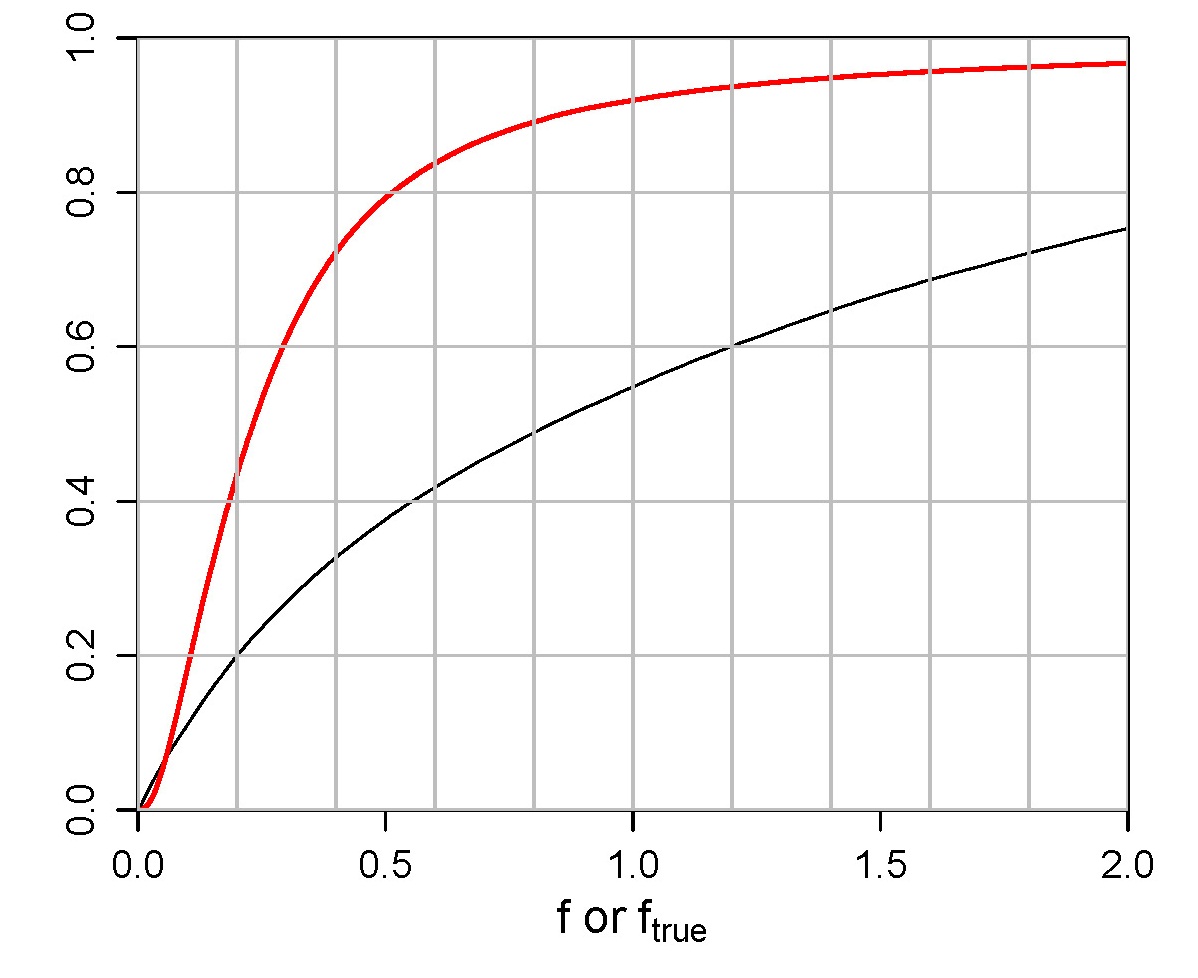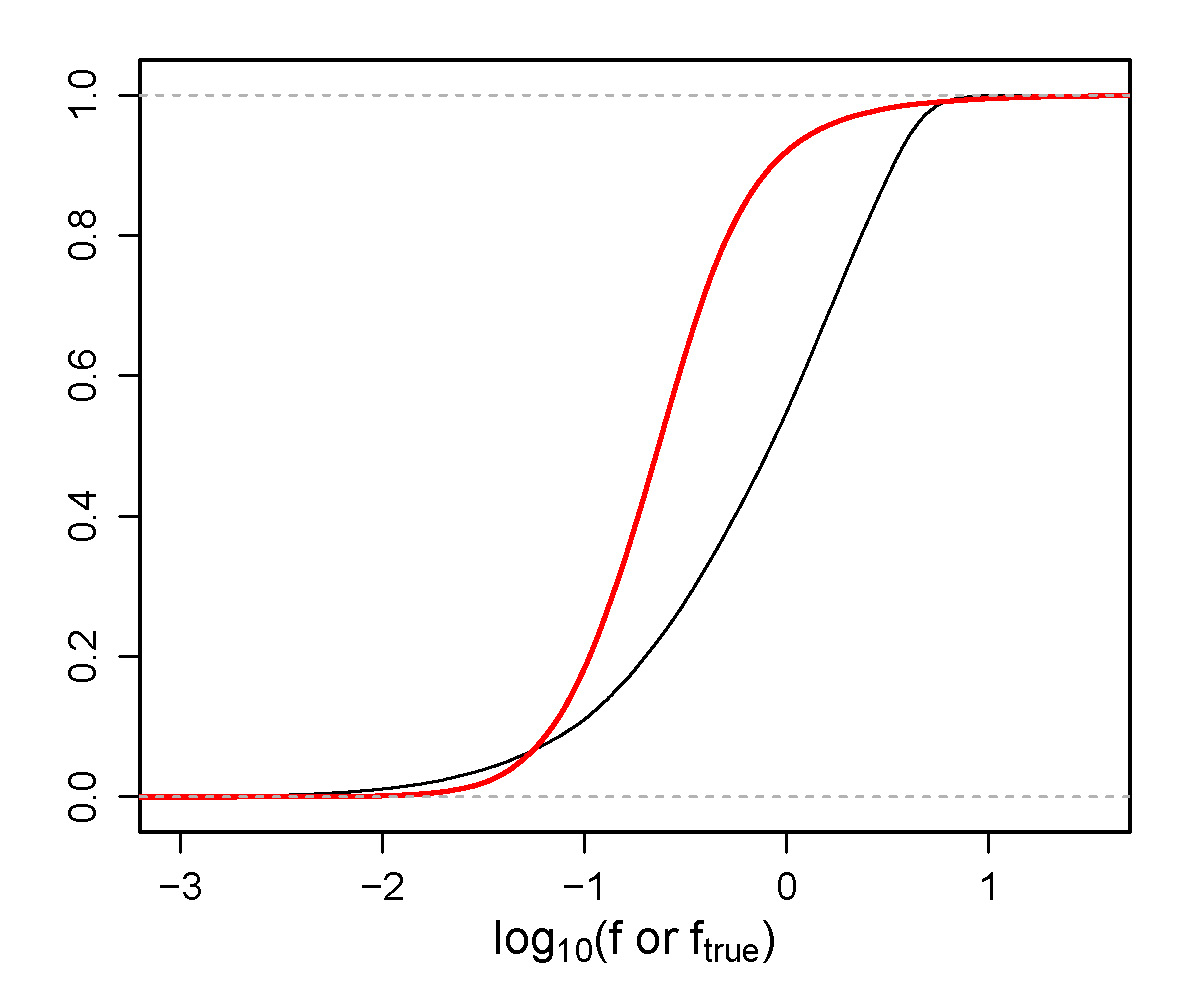IoW_20150924 - Gaia
Image of the Week |
|||
Estimating distances from parallaxes |
|||
 |
|||
|
Parallax is defined as the reciprocal of distance. But when we measure a parallax, this measurement is always noisy, and its simple reciprocal is not necessarily a good estimate of the distance. In fact, it has been known for some time that once the fractional parallax error is more than about 20%, the reciprocal parallax is a rather poor and biased estimate of the distance. This is an issue for Gaia, because about 80% of all stars which Gaia observes will have fractional parallax errors larger than 20%. Credits: C. Bailer-Jones [Published: 24/09/2015] |
|||
- Removed a total of (6) style text-align:center;
- Removed a total of (1) style text-align:justify;
- Removed a total of (1) border attribute.
- Removed a total of (1) cellpadding attribute.
- Removed a total of (1) cellspacing attribute.
Image of the Week Archive
- Removed a total of (1) border attribute.
- Removed a total of (1) cellpadding attribute.
- Removed a total of (1) cellspacing attribute.








































 Sign in
Sign in
 Science & Technology
Science & Technology

